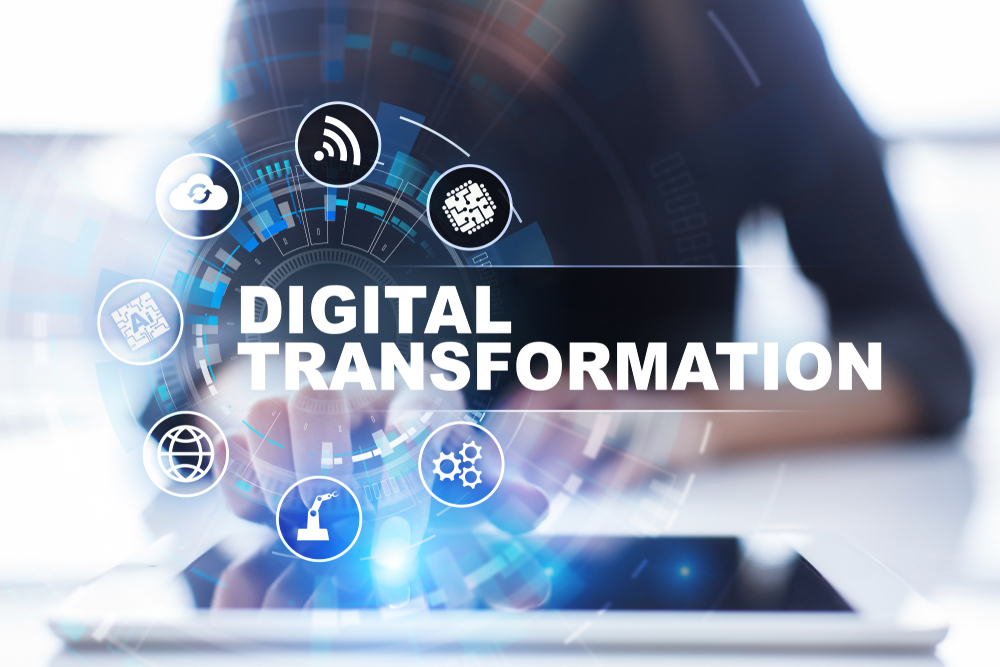Cal Newport poses the conundrum of our time in his book Deep Work: To be our most productive, we need to focus intently and without distraction. However, technology is demanding our attention like never before. Despite huge advances in technology designed to make us more productive, we’re not seeing anywhere near record improvements in productivity.
Well-paid knowledge workers require deep focus for extended periods of time to do their jobs at a high level. But these same individuals are also consistently interrupted by technologies that are designed to speed up communication and information sharing. In fact, 54% of U.S. office workers think they aren’t performing as well as they should be as a result of workplace distractions, and 50% say they’re significantly less productive.
The (In) Convenience of Today’s Business Communications
For all of us, communicating with coworkers and company partners has become much more convenient. Need to check some numbers with someone on another floor or get an update from someone in another country? No problem. Just fire off an e-mail or a Slack message, and forget about it.
Chances are you’ll get a reply within a few minutes—and you haven’t even moved an inch from your desk. The problem is that the constant jumping from one convenient task to another isn’t helping you get your job done.
Context switching between multiple unstructured conversations fragments our focus. Work that requires our deep concentration gets pushed to the bottom of the pile in favor of these “low-friction” tasks.
This places pressure on staff to take their “deep work” home with them or come in early and stay late to achieve uninterrupted focus. Who hasn’t gotten to the end of a busy week and realized they haven’t actually achieved anything of real merit? This isn’t sustainable.
Public Screens Breaking Down Internal Communications Barriers
Newport also suggests that in the future, knowledge workers will not have e-mail addresses and that AI will manage organizational communication. The technology could actually be used to tell people what they need to focus on today, gathering all the information they need to complete daily priorities. Effectively, one person’s artificial intelligence (AI) talks to another person’s AI; the focus would then be on solving a particular problem rather than navigating 20 conversations at once.
In Newport’s vision, workers are happier, more focused, and more productive. Still, we need a way to communicate with each other at work, even if we outlaw constant interruptions. Otherwise, we end up working in our own silo, with no opportunity for collaboration.
Digital signage or public screens in the workplace can solve this problem. More companies are recognizing how screens play a part in keeping people informed without causing disruption. Screens on the walls in offices, corridors, lobbies, breakout areas, or staff cafeterias work differently than e-mail or corporate intranets, which relentlessly blast workers with messages and company info without pause.
Rather than an information fire hose, these screens act as information radiators. The introduction of digital signage as a means of internal communications has two important effects:
- It allows people to passively absorb information. They look up at the screen on the wall when they take a natural break from their work or as they pass by on their way to grab a coffee. This isn’t distracting in the way an unread notification appearing on their task bar is. Workers don’t have to do anything to read the content, and they can choose when and to what extent they spend time looking at the screen.
- It makes the content producers more mindful. Gone are the days of “I’ve just had a thought. I’m going to message all of my direct reports for an instant response.” Instead, we see a need to think about how content can be conveyed in the most efficient and effective way, given the limited screen real estate and time we have to say what we want to say. This may be human-generated, but it may also be programmatically produced based on an understanding of what is happening in the environment where the screen is located.
Organizations need to generate better returns from the investment they make in their knowledge workers. By focusing on the ways we can help employees become less distracted, we can increase the time they have to do what they have been hired to do and reduce the time they spend being human message-forwarding machines.
 David Hart has pioneered a number of digital businesses, including the digital product studio Codegent, online real-estate agent Tepilo and most recently, SaaS digital signage company ScreenCloud. David Hart has pioneered a number of digital businesses, including the digital product studio Codegent, online real-estate agent Tepilo and most recently, SaaS digital signage company ScreenCloud.
In 2015, David and his co-founders set out to build a SaaS solution that connects employees and consumers to information that matters most. Four years later, ScreenCloud is leading the digital signage category and serves as a trusted source across sectors, such as Uber, Amazon, 3M, and many more. The platform has more than 8,500 customers and a team of 90 employees around the world. |

